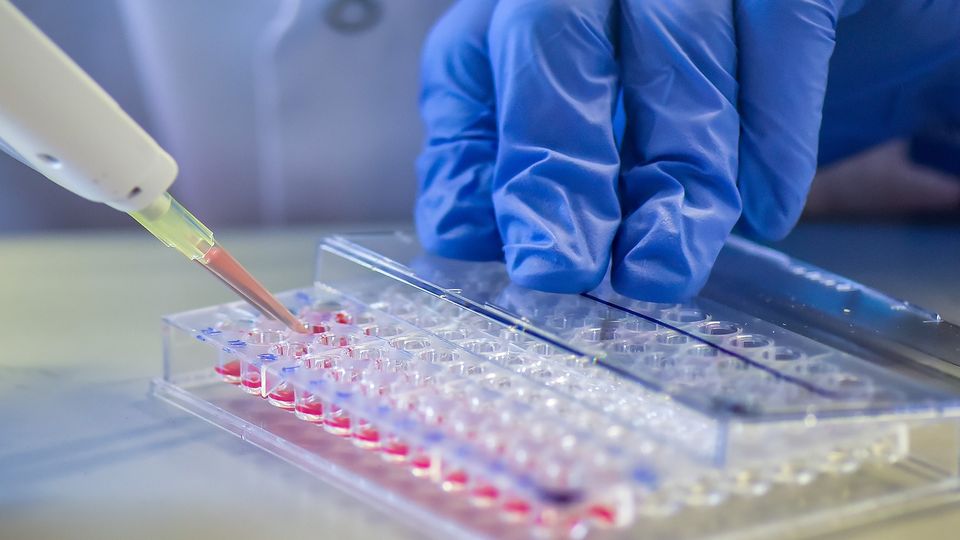In the realm of medical diagnostics, lateral flow assays have emerged as a powerful and versatile tool. These tests are often used for rapid detection of specific target analytes, such as antibodies or antigens, in a wide range of applications, including infectious disease diagnosis, pregnancy testing, and food safety monitoring. Understanding the lateral flow assay development process is essential for appreciating its significance in modern healthcare. In this article, we will dive deep into the intricacies of lateral flow assay development, from concept to execution.
1. Introduction to Lateral Flow Assays
Lateral Flow Assay Kit Assembly, also known as lateral flow tests or immunochromatographic assays, are diagnostic tools that provide quick and reliable results without the need for specialized laboratory equipment. They have gained immense popularity due to their simplicity, affordability, and rapid turnaround time.
2. The Components of a Lateral Flow Assay
Before delving into the development process, it’s essential to understand the key components of a typical lateral flow assay. These components include the sample pad, conjugate pad, membrane, absorbent pad, and backing card.
3. Designing the Assay: Concept and Planning
The development process begins with a clear concept and meticulous planning. Researchers must define the target analyte, establish the assay’s purpose, and determine the intended use environment.
4. Selection of Capture and Detection Reagents
Critical to the success of a lateral flow assay is the careful selection of capture and detection reagents, such as antibodies or antigens. These molecules play a pivotal role in recognizing and binding to the target analyte.
5. Membrane Selection and Preparation
The choice of membrane material and its preparation are vital steps in ensuring the assay’s accuracy and reliability. The membrane acts as the substrate for the immobilization of reagents.
6. Sample Application and Flow Control
Proper sample application and flow control mechanisms are essential for controlling the movement of fluids through the lateral flow strip. This step impacts the test’s sensitivity and specificity.
7. Test Line and Control Line Formation
Test and control lines are the visual indicators of a positive or negative result. The development process involves carefully depositing reagents to form these lines.
8. Drying and Assembly of the Lateral Flow Strip
The assembled lateral flow strip must be dried and sealed to ensure stability and a long shelf life.
9. Quality Control and Testing
Quality control measures are crucial to validate the performance of each lateral flow assay. This step helps identify any issues in the manufacturing process.
10. Optimization of Assay Parameters
Fine-tuning various parameters, such as the concentrations of reagents or sample volume, is an iterative process aimed at optimizing assay performance.
11. Packaging and Distribution
Once the lateral flow assay is successfully developed and validated, it is ready for packaging and distribution to end-users, such as healthcare professionals or consumers.
12. Advantages of Lateral Flow Assays
Lateral flow assays offer several advantages, including rapid results, minimal equipment requirements, and ease of use in various settings.
13. Limitations and Challenges
Despite their advantages, lateral flow assays have limitations, such as limited sensitivity for some analytes and potential cross-reactivity.
14. Future Developments in Lateral Flow Assay Technology
Ongoing research and development efforts are continually enhancing lateral flow assay technology, leading to improved performance and expanded applications.
15. Conclusion
In conclusion, the Lateral Flow Assay Kit Assembly development process involves a series of intricate steps, from concept to distribution. These assays have revolutionized diagnostics by providing quick and reliable results, making them invaluable in healthcare and beyond.
Frequently Asked Questions (FAQs)
- What is the primary purpose of a lateral flow assay?
- Lateral flow assays are primarily used for rapid and on-site detection of specific target analytes, such as antibodies or antigens.
- Are lateral flow assays suitable for home use?
- Yes, many lateral flow assays are designed for easy and reliable use by consumers at home.
- What are some common challenges in lateral flow assay development?
- Challenges include ensuring sensitivity, specificity, and avoiding cross-reactivity with similar analytes.
- Can lateral flow assays be used to detect infectious diseases?
- Absolutely, lateral flow assays are widely employed for the rapid diagnosis of infectious diseases like COVID-19.
- How long does it typically take to develop a lateral flow assay from concept to distribution?
- The timeline varies but can range from several months to a year or more, depending on complexity and validation requirements.
